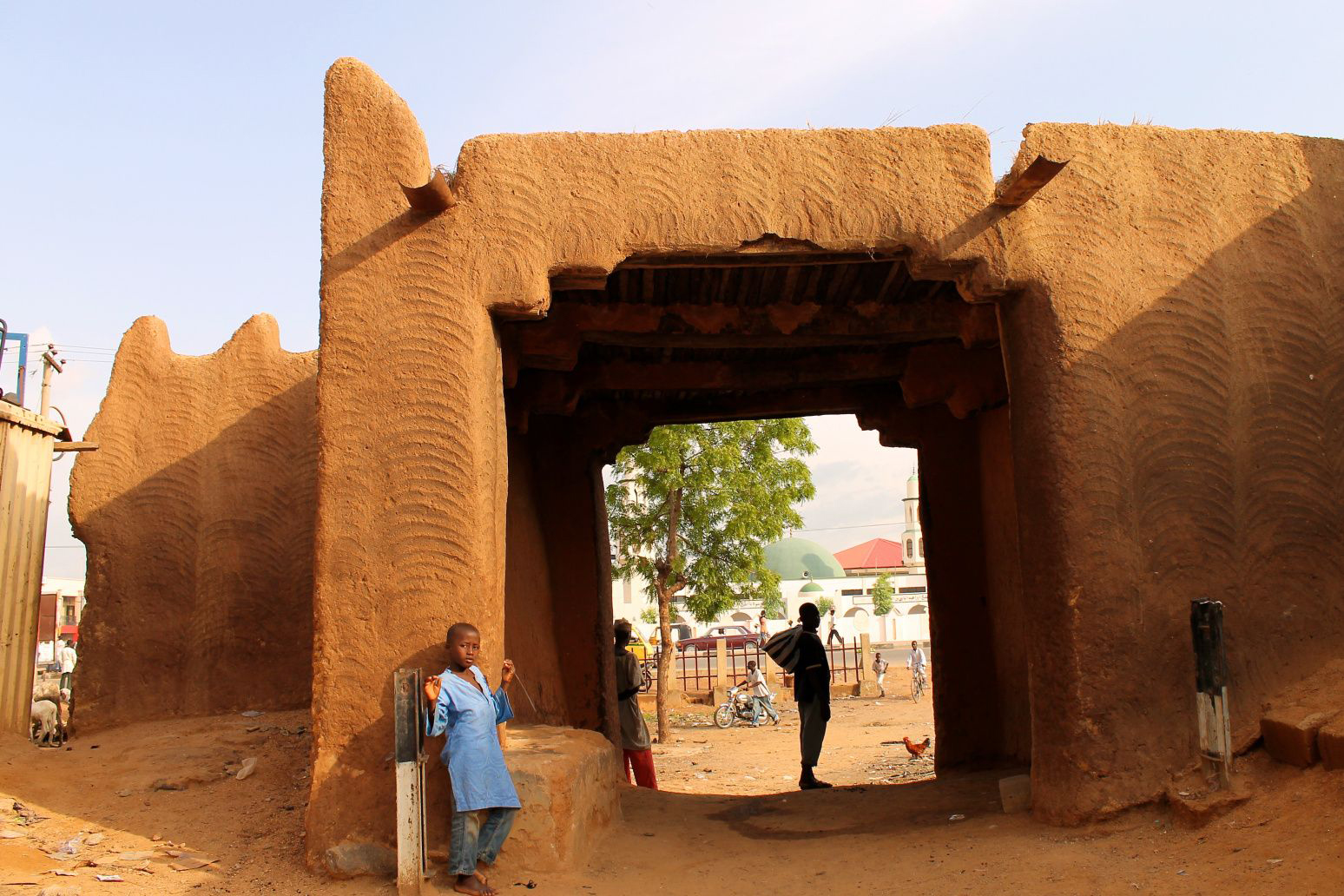Kano city wall was estimated to be about 15 miles in circumference with about 13 gates at the time of the British conquest in 1903. It was indeed a very massive structure. The walling materials were made up of mud (clay) mixed with local admixtures such as thatch and cow dung. The walls were constructed as high as 30-40 feet.
They were served with loopholes, moats, iron gates and many other defensive devices (Sule 2009). The mode of construction of these city walls was very different from the remnants of earth heaps that we observe today.
The importance of Kano city walls was clear in that they were defensive structures that signify a certain aspect of local developments in the era.
They also represented big public projects requiring sustainable and large-scale organization, skill and expertise, adequate resource mobilization and capacity, and commitment for big project delivery and continuity through various administrations spanning seven hundred years.
Sule (2009) highlighted the eyewitness accounts of Kano city walls and gates and observed that the maintenance and rehabilitation culture exemplified in the management of the walls is also greatly impressive as many colonial reports testify, especially in the first half of the 20th century.
The rehabilitation of the city wall (Ganuwa) was solely achieved using sustainable local indigenous building materials in the form of earth, wrought iron, leather and timber.
This, according to Sule, is a great lesson in the art of self-reliance. However, this attempt, in my view, was to bring together as well as revive local building construction technology and professionalism, which is another aspect that needs much investigation and further research (Jibo 2011).
E.W. Bovill, a colonial military official resident in Kano for a number of years, became greatly acquainted with the quotidian commercial functions of the city, particularly to the rest of West Africa, as well as North Africa.
His descriptions of the teeming commercial life inside the great city walls and the crowd which thronged the daily market signify that, in addition to being a center of learning, Kano was a cosmopolitan city and local, as well as the intra-and interregional center of trade.
Basil Davidson, in The Black Man’s Burden: Africa And The Curse of The Nation-State, stated that he viewed the Kano City Wall in 1941, while in transit to Egypt during the 2nd World War when they stopped over at Kano to refuel.
The Wall, he said, stood sharp contrast to the claims that Africa had no history to which they had been subjected at home. He explained this as his “life work” which, in his opinion, was originally “trying to understand and tell truths” to the historians who claim that Africa has no history.
Therefore, the fact these two British citizens who served in the British imperial army were so greatly influenced by the evidence of Kano’s development, is a great testimony to the enduring influences of Kano’s historical monuments.
The city walls, as indicated in the work of Aliyu (2009), represent a clear picture of a real expansion of the city since between the12th and 16th centuries. They defended Kano’s inhabitants against a multitude of foes. If there were no great Kano walls, the city may have been eliminated from the history of Africa or reduced to an insignificant town on the contemporary map of Africa.
The Kano wall is therefore perhaps the largest public works project in Africa that brought together every member of the community: the rich, the poor, scholars, artisans, slaves, etc.
The cooperation exhibited by the ancient people of Kano paid them well in the security, stability and continuity of the statehood that Kano attained. 
A renovated Kano City Wall almost to completion. The clay mortar is used to render the overhead course.












